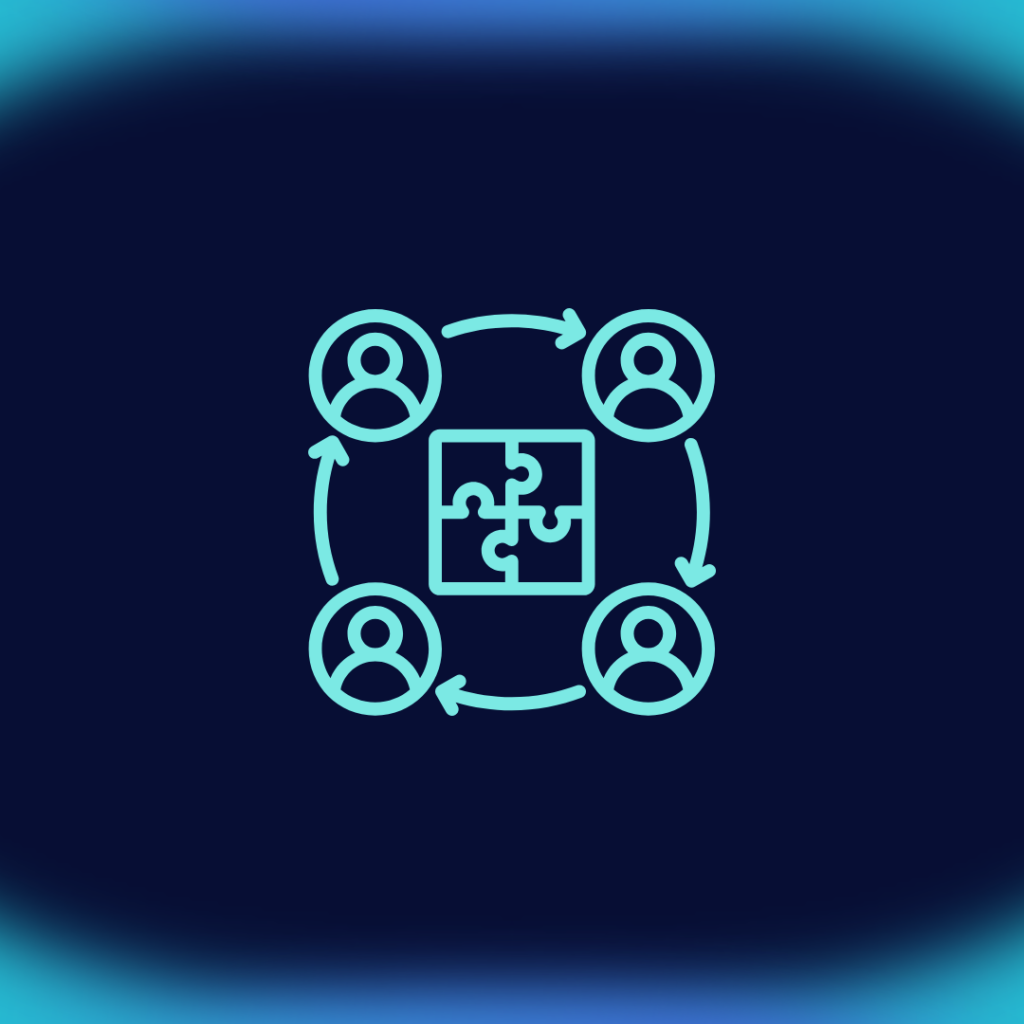Cyber awareness is not only about identifying threats, but also about building a resilient security culture. Creating a culture in which cyber awareness is an integral part of online life sets a high standard that benefits all players in the digital network.
Security tools are essential, but cyber awareness is at the heart of a cyber protection strategy. No matter how advanced the technological solutions, without a solid foundation of knowledge and practice, systems will remain vulnerable.
In a world where connectivity and digitization are the norm, cyber awareness emerges as a guiding light in the vast sea of cyber threats. It is the compass that helps us navigate the turbulent waters of digital security, and it is the foundation upon which solid defenses are built to protect our data and systems.
In this era of dizzying technological advances, cyber awareness stands as the first and most crucial step in the quest for online protection.
Therefore, cyber-awareness is not just an abstract concept, but a concrete skill that we can all cultivate and perfect. It is a set of knowledge and practices that empowers us to identify and respond to potential cyber threats.
From identifying phishing emails to maintaining secure passwords, people with high levels of cyber awareness demonstrate a wide range of skills and attitudes that enable us to face digital challenges with confidence.
The preventive value of cyber awareness
Imagine cyber awareness as an invisible shield that acts before any threat has a chance to cause harm. By being aware of the most common attack tactics and warning signs, we can anticipate threats and take proactive steps to prevent them. This preventive approach not only protects our personal and business data, but also avoids the costly and disruptive consequences of a successful attack.
In today’s vast and connected digital world, cyber-awareness is not something that exists only within the walls of companies; it is becoming an essential tool for every individual in their daily life. It doesn’t matter if you are a busy professional, a restless student, or a social media enthusiast; cyber awareness is an invisible shield that protects and empowers you in cyberspace.
Strong passwords = secure browsing
From searching for information to conducting online banking transactions, secure browsing has become an integral aspect of modern life. Being well aware of cybersecurity allows you to discern between legitimate and fraudulent websites, as well as identify suspicious URLs.
Being informed of the risks of sharing personal information through the internet can mean the difference between a smooth online experience and constant exposure to malware or scams.
Cyber-awareness also extends to the domain of passwords. Using “123456” as a password is like leaving your front door open. That’s right: Your password is to your digital security what your front door key is to your house. That’s why you need to encourage the creation of unique and strong passwords, at least 12 characters long, combining uppercase and lowercase letters, numbers, and special characters.
Imagine if someone could access your personal information online in the blink of an eye. They can! A well-cultivated sense of cyber awareness protects you against these types of threats.
But there’s more. Social networks are an integral part of modern life, but sharing too much information can have unintended consequences. Cyber awareness guides you to set up private profiles, limit the personal information you share, and avoid posting sensitive details that could be used against you.
Lack of cyber-awareness, a mistake that can be very expensive
In a fast-paced digital world, a lack of cyber awareness can open the door to a range of threats that can have devastating consequences. From identity theft to the compromise of sensitive data, the repercussions of ignoring online security are real and can affect individuals and organizations alike.
What consequences can a lack of cyber awareness among employees have for an organization? In addition to being exposed to attacks such as phishing, ransomware, malware, and even identity theft, the most serious consequence is financial loss and damage to the company’s reputation.
Organizations face serious consequences if they neglect cyber awareness. The theft of customer data, leakage of confidential information, and exposure to cyber attacks can result in significant financial losses and reputational damage. Examples such as the attack on credit card company Equifax in 2017 illustrate how a lack of cyber awareness can have a lasting impact.
Ultimately, the consequences of a lack of cyber awareness are clear and compelling. Ignoring online security is not a viable option in today’s digital world. Whether you are an individual concerned about your identity or a company that values the trust of your customers, cyber security is essential.
How do you know if cybersecurity awareness programs are working?
You need to be able to measure your success through tangible metrics and tangible results. We have to differentiate between quantitative indicators (numbers, data) so that the ‘tangible’ data can give us information on the increase or decrease in incidents, and qualitative indicators, which provide us with data on the behavior of workers, interactions, etc.
Quantitative Indicators: An Overview of Tangible Metrics
-
Decrease in Security Incidents: One of the most obvious indicators of the success of a cyber awareness program is a decrease in the number of security incidents. If the number of successful phishing attacks, malware infections, or other threats is significantly reduced, that is a clear indication that cyber awareness is having a positive impact.
-
Phishing Simulation Response Rate: Conducting phishing simulations can be an effective way to assess employee cyber awareness. Measuring the response rate to these simulated emails can help identify areas where training and awareness need improvement.
-
Early Threat Detection: Cyber awareness is not only about preventing attacks, but also about detecting potential threats early on. Measuring the ability of employees or individuals to identify warning signs and notify safety teams can indicate the effectiveness of programs.
- Training Participation: Assessing the rate of participation in training sessions and cyber awareness courses can provide information about people’s commitment to online safety.
Qualitative Factors: Deepening Impact
-
Changes in Behavior: Observed changes in online behavior is a valuable qualitative indicator. People making more informed decisions and adopting safer practices indicates that cyber awareness is influencing their thinking.
-
Feedback and Surveys: Performing surveys and collecting direct feedback from participants can provide information on how they perceive cyber awareness training and whether they feel better able to deal with threats.
-
Success Stories: Documenting cases where cyber awareness led to threat detection or prevention can be a powerful testament to your success.
In conclusion, in a digital environment where cyber threats lurk in every corner of cyberspace, cyber awareness has emerged as the fundamental tool for keeping our data and systems safe. Throughout this journey, we have explored how cyber awareness can become that guiding light that helps us navigate the turbulent waters of online security. But beyond words and concepts, its relevance is tangible and its impact is lasting.
With Zepo, cyber awareness in your company and among your employees is assured.

Register your employees.
You can do this manually or with a CSV file.

Launch attacks and test your teams.
You will be able to check in real time who has fallen into the trap.

Train them in cyber-attack prevention.
Create customized prevention courses




